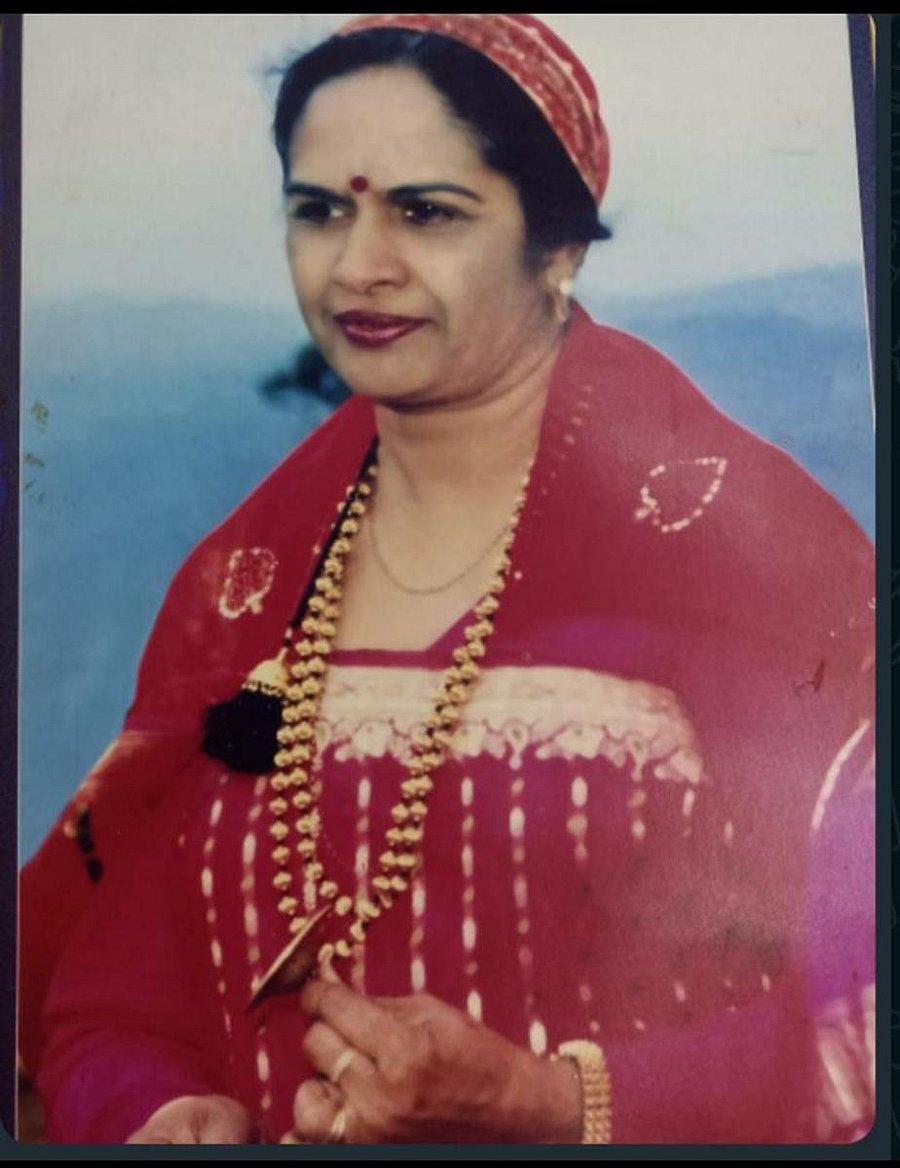

Here is a brief profile of the Padma Shri awardees from the state.
Rani Machaiah, 79, has strived hard to promote and preserve Kodava culture by teaching the ‘Ummathat’ folk dance to over 10,000 children.
Rani, popularly known as ‘Ummathat ki Rani,’ was born in Siddapura in Kodagu district in 1943. She dropped out of PUC and began a campaign to popularise ‘Ummathat,’ 1984 onwards.
She set up Kaveri Kala Vrinda and soon presented ‘Ummathat’ in Goa, Himachal Pradesh, Jammu and Kashmir, Odisha, Mizoram, Maharashtra, Madhya Pradesh, Punjab and other states.
Rani had served as president of Karnataka Kodava Sahitya Academy. She is the recipient of Rajyotsava and many other awards.
“I never even dreamt of winning the Padma Shri award,” Rani said.
“I don’t know who recommended my name. I am both surprised and elated,” she added.
Bidriware artisan Shah Rashid Ahmed Quadri, born on June 5, 1955, is from a family of bidri artisans.
He has taken part in exhibitions and demonstrations in various countries, including Holland, Spain, US, Bahrain and Oman.
Quadri has inspired many others to continue the legacy. He has also served as a member of the Karnataka state award selection committee in 1998.
After a prolonged training from elders in the family, he started working independently since 1970 and introduced new patterns.
He said his father was not keen on his entry into the profession as artisans often find it difficult to run the family due to meagre income.
Pindapanahalli Munivenkatappa, a tamate artiste from Chikkaballapur district, learnt the art from his father Papanna, injected life into tamate, a traditional percussion instrument of south India, with his performances in India and beyond over four decades.
It was Dr H L Nage Gowda, a prominent Kannada folklorist and author, who introduced Munivenkatappa and his beats to the world.
Three decades ago, Nage Gowda saw Munivenkatappa perform at a temple fair at Devaramallur village in Shidlaghatta taluk. He helped the folk artiste from the nondescript village Pindapanahalli perform before larger audiences across the state. And as they say, the rest is history.
A recipient of several prestigious awards, including the Rajyotsava and Nadoja, Munivenkatappa has trained scores of people in playing tamate. Even to this day, he performs with a team of 10-12 co-artistes.
Dr Khadar Valli Dudekula worked hard to revive five different types of millets that were fast disappearing.
In the process of consuming each of these millets, he discovered that their healing properties could cure even deadly diseases. Hence, he named these millets ‘Siridhanya’. To cultivate them naturally, Khadar propounded a method called ‘Kadu
Krishi’, also known as jungle farming.
Son of Husenamma and Husenappa, from Prodattur town in Kadapa district of Andhra Pradesh, he is now a resident of Mysuru. Khader holds BSc (Ed) and MSc (Ed) degrees from Regional College of Education, Mysuru.He did his PhD on steroids from Indian Institute of Science, Bengaluru. He has served as post-doctoral fellow in environment science in Portland Oregon and as scientist in CFTRI.
Archaeologist S Subbaraman retired as superintending archaeological chemist from the Archaeological Survey of India.He has the credit of restoring murals from the Ajanta caves to the Halebid temple as also the Bamiyan Buddha statues in Afghanistan. He is a resident of Mysuru.
(With inputs from Ajith Athrady in Delhi, Vittal Shastri in Kalaburagi, Shilpa P in Mysuru and Harsha in Mangaluru)
